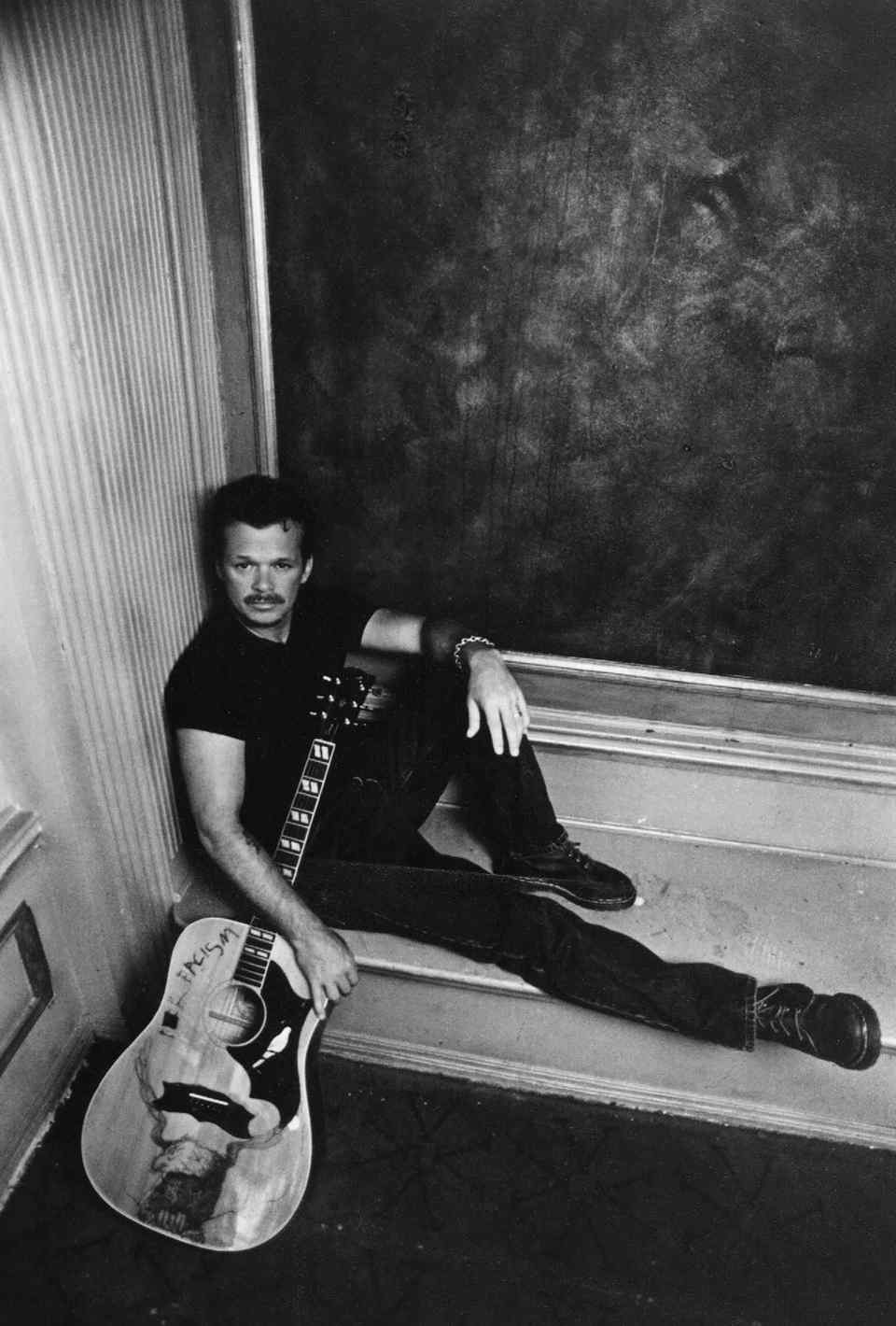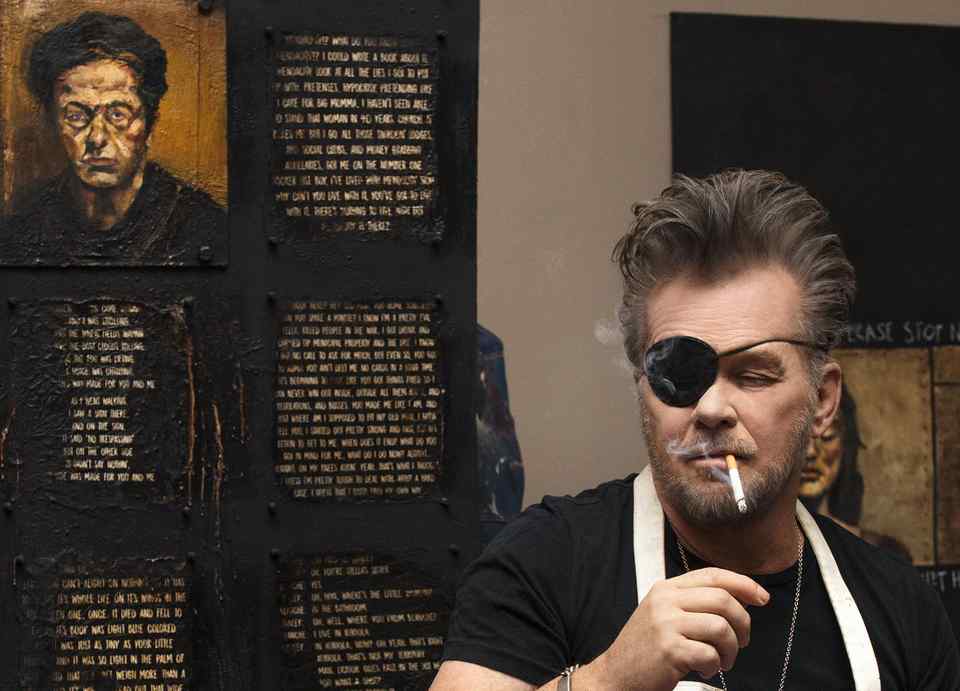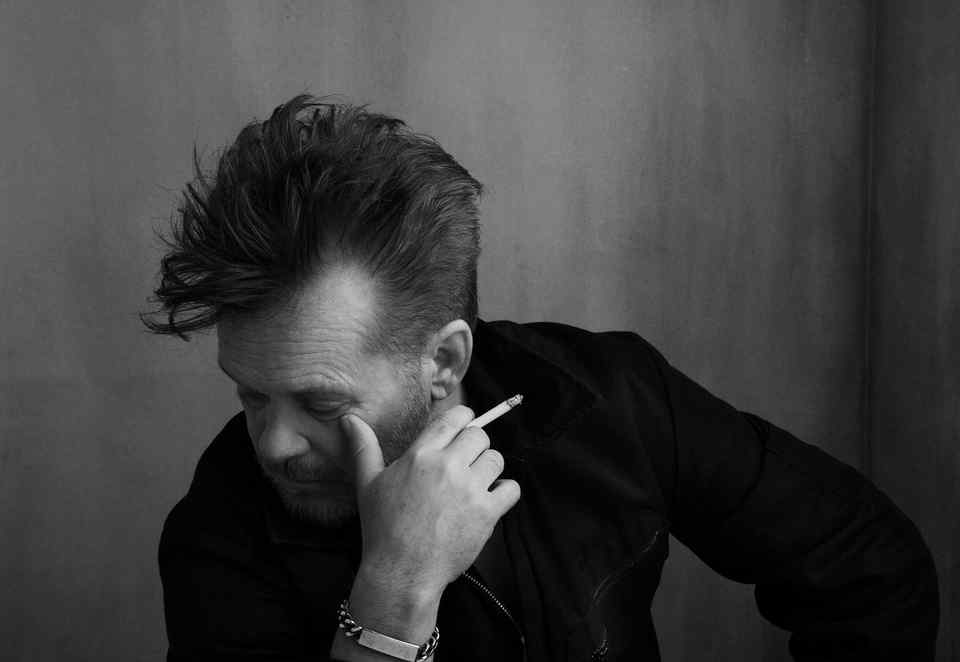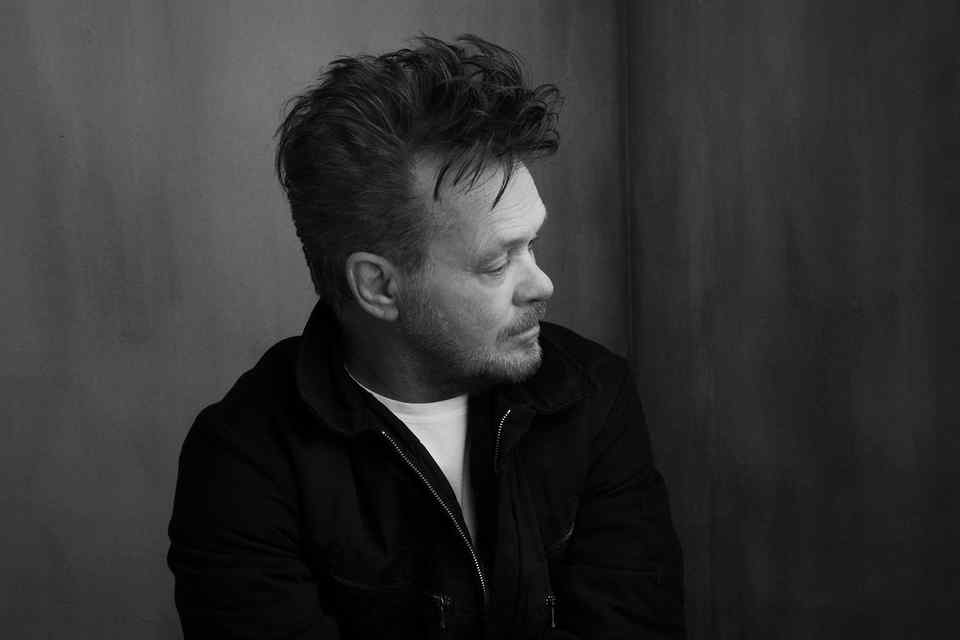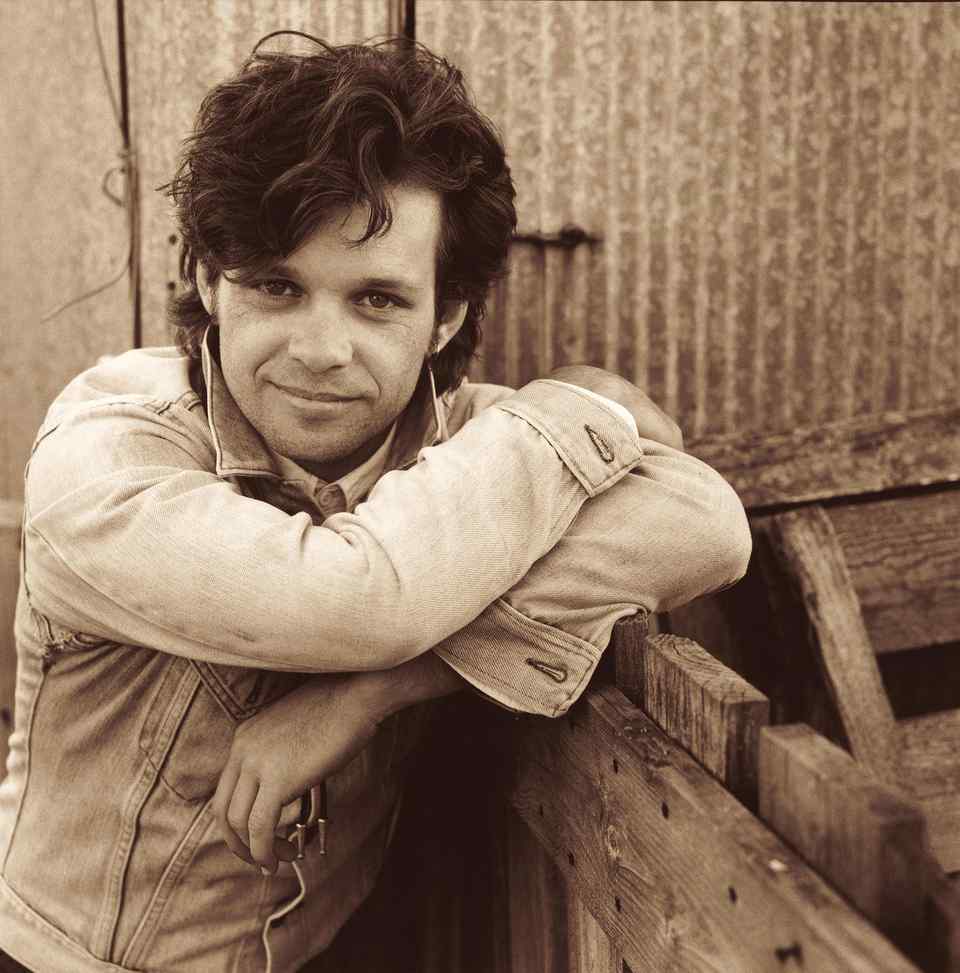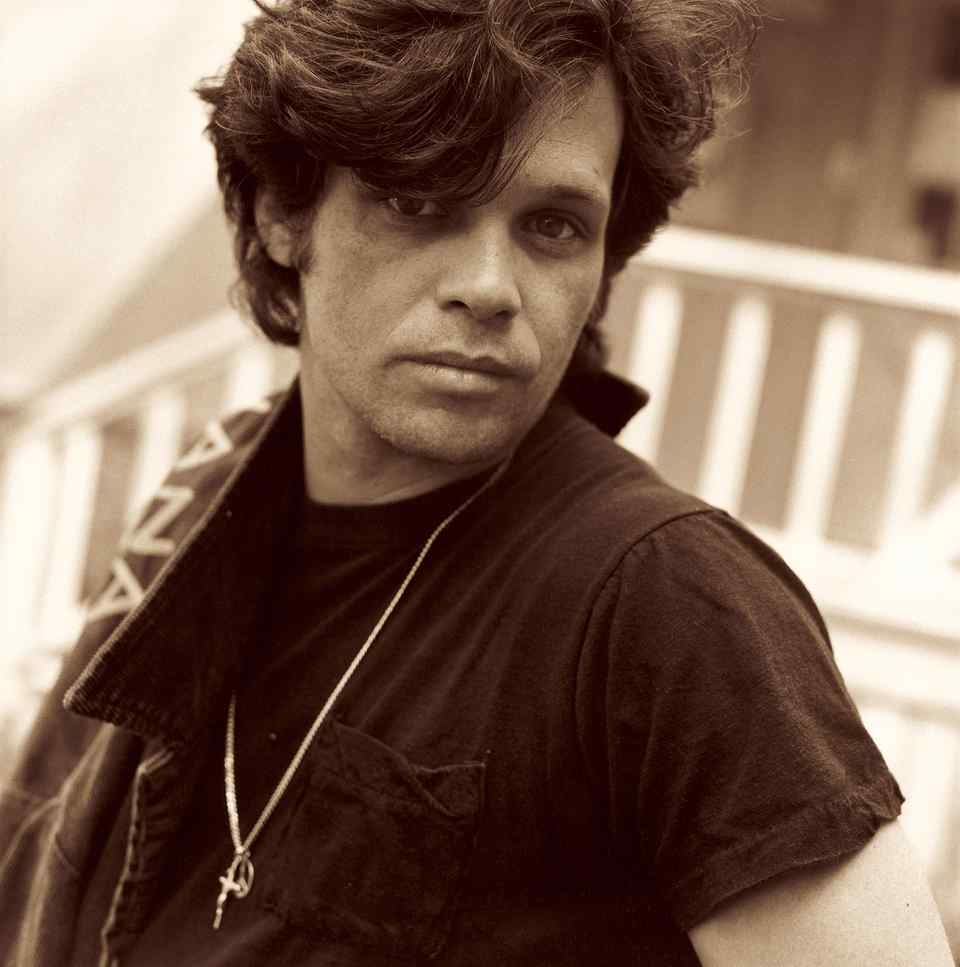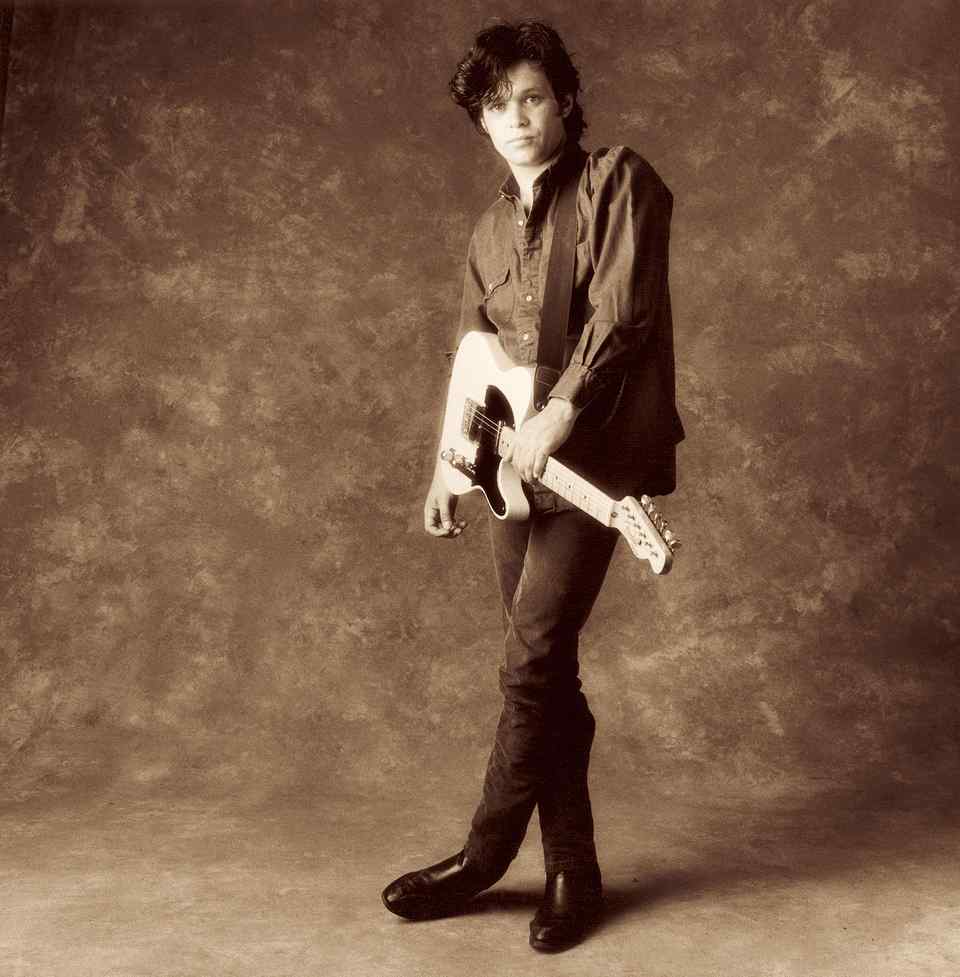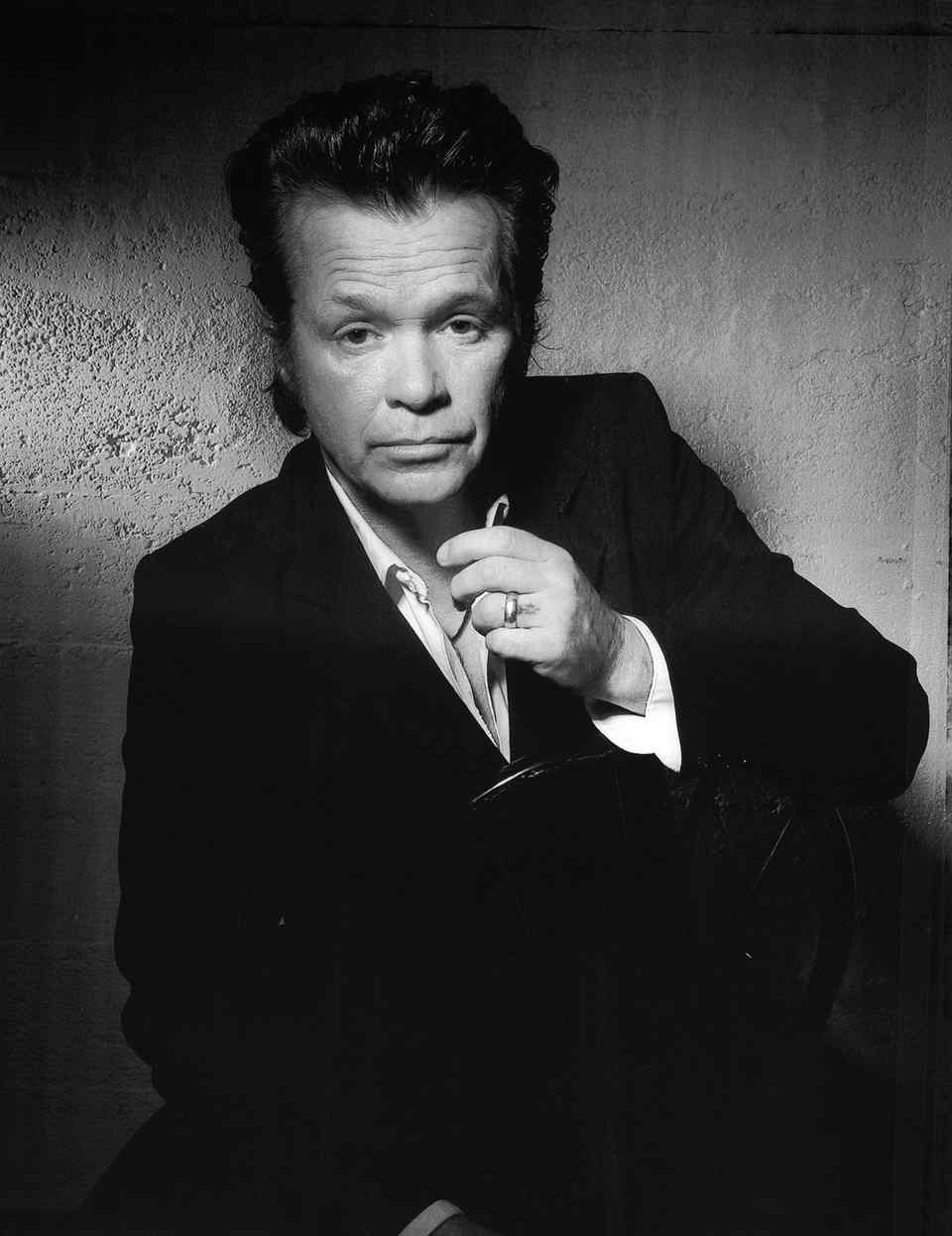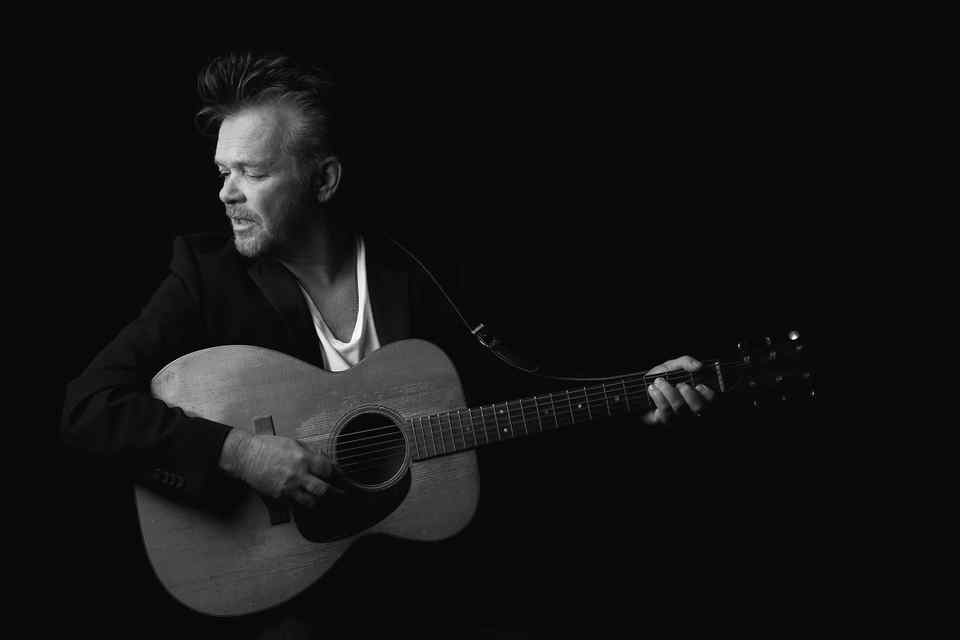The Music Box: 4.5 out of 5 Star No Better Than This
Most artists compose their best works during the early stages of their
careers. As they develop loyal followings, they often stop taking risks and slip
into routines. Although it isn’t unusual anymore for a performer to stage a
creative resurgence well after the onset of middle-age, their efforts rarely
surpass the albums that they made in their youth. After all, it is difficult to
recreate that initial burst of energy and enthusiasm.
With this in mind, then, John Mellencamp indisputably is walking along an
anomalous path. While his catalogue is lined with satisfyingly successful
endeavors, he most often is remembered for his songs rather than his albums.
This is, at least in part, because his outings have been peculiarly flawed,
remaining tethered to the eras in which they arose. The 1980s, for instance,
gave birth to Scarecrow and The Lonesome Jubilee; the 1990s framed Human Wheels.
At the same time, though, Mellencamp has marched forward, pushing himself to
mature as an artist.
Considering the strength and consistency of his creations in the past few years,
it is safe to say that Mellencamp is getting better (not worse) with age.
Liberated from the radio stations that abandoned him, Mellencamp distilled his
approach until he was left with the early folk, blues, and rock traditions that
had first inspired him. In essence, via a sequence of cover tunes, Trouble No
More retrained his vision. Subsequently returning, at least in part, to the
somber tones of Human Wheels, Mellencamp then united with producer T Bone
Burnett to inspect the values of a crumbling nation on his stellar 2008 endeavor
Life, Death, Love and Freedom.
In retrospect, however, everything that Mellencamp has done thus far sounds like
a long, meandering prelude to his latest effort No Better than This. Paired once
again with Burnett and armed with a single microphone as well as an ancient
reel-to-reel tape deck, Mellencamp assembled a series of makeshift recording
sessions in a trio of historic locales: Sun Studios in Memphis was the
birthplace of rock ’n‘ roll, a home of sorts to Elvis Presley, Johnny Cash,
Jerry Lee Lewis, and Roy Orbison, not to mention B.B. King, Carl Perkins, Howlin’
Wolf, and Rufus Thomas. Established in 1775, the First African Baptist Church in
Savannah, Georgia not only is one of the oldest houses of worship for
African-Americans in the country, but it also served as a safe haven for runaway
slaves. Room 414 of the Gunter Hotel in San Antonio is where Robert Johnson
recorded 16 legendary tracks in three days, including Come On in My Kitchen,
Cross Road Blues, and I Believe I’ll Dust My Broom.
To say that there are ghosts wafting through No Better than This is certainly an
understatement. Nevertheless, given the heaviness of its conceit, there are
countless ways in which the album could have gone wrong. Fortunately, Mellencamp
and Burnett were deft in their ability to navigate their ship through the
perilous waters in which they chose to sail. For the most part, the outing is
considerably raw and subdued. Consequently, its intensity isn’t manufactured
from a proven formula; instead it grows out of the intimacy that emerges from
the dusty the spaces that lie between Mellencamp’s voice and the
instrumentation. In effect, the places in which he recorded the material are
transformed into invisible characters that guide his songs.
Clearly inspired by his surroundings, Mellencamp stepped out of his own way and
allowed his body to become a vessel through which his lyrics and music could
pass. Whether it’s the moody darkness of The West End, the reflective
soulfulness of Save Some Time to Dream, the chugging beat of No One Cares about
Me, or the country-blues of Easter Eve, the rustic approach to recording that he
and Burnett employed was well suited to the stylistic choices they made.
Supported by a small cast that includes guitarist Marc Ribot and violinist
Miriam Sturm, Mellencamp swaddled his typically indelible melodies with
arrangements that convey a sense of timelessness that too often has remained
just beyond his reach.
Lyrically, No Better than This touches upon many of the themes that long have
served as focal points for Mellencamp’s endeavors, ones which he refined
considerably on Life, Death, Love and Freedom. Yet, No Better than This still
stands as a giant leap forward, largely because of the maturity as an artist and
a person that he brings to the equation. Throughout the effort, Mellencamp’s
political views are less detailed than usual. Instead, the emphasis is placed
upon his ability to tell a story.
At his best, Mellencamp paints several finely honed images — Love at First Sight
and Easter Eve, among them. Like miniature films, they feature some surprising
shifts in perspective. Through his tales about crumbling economies, lost loves,
and second chances, Mellencamp not only connects with the era of the Great
Depression and its aftermath, but he also finds hope for the future, provided
that tolerance, patience and understanding don’t become casualties of the
day-to-day battle for survival.
